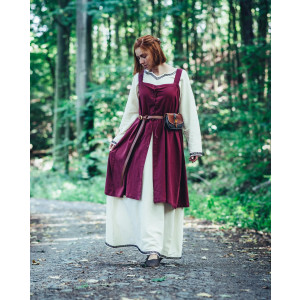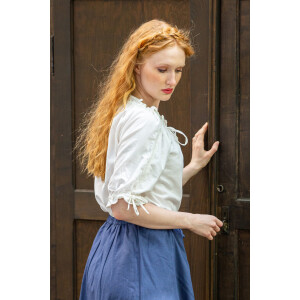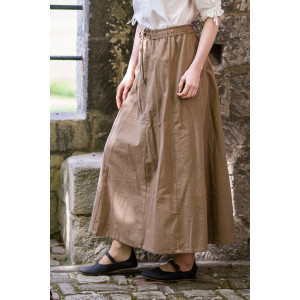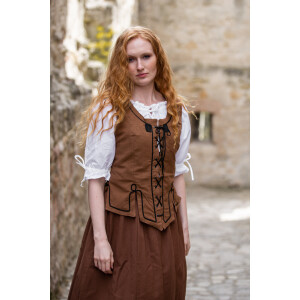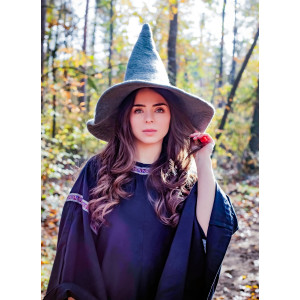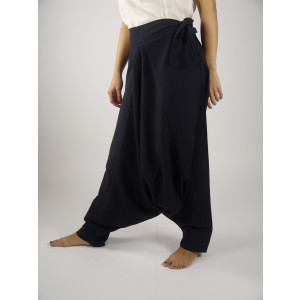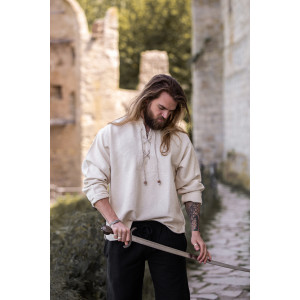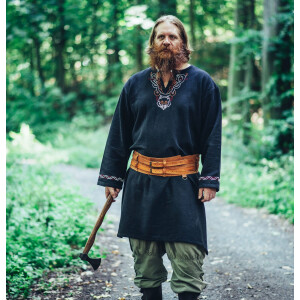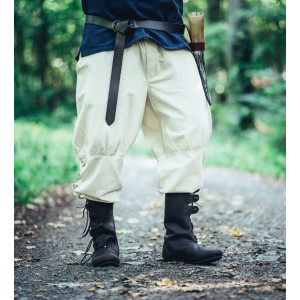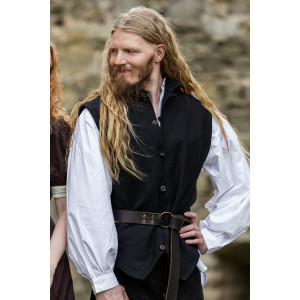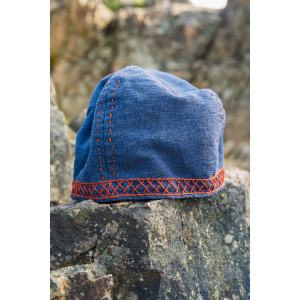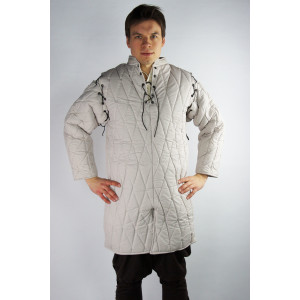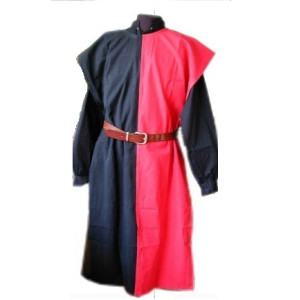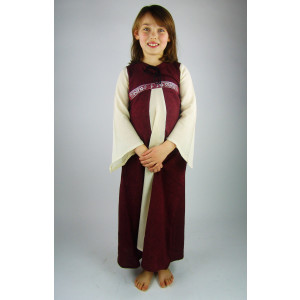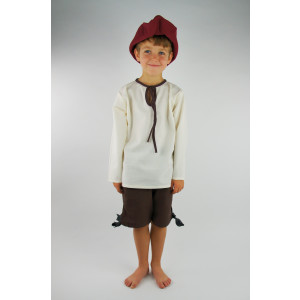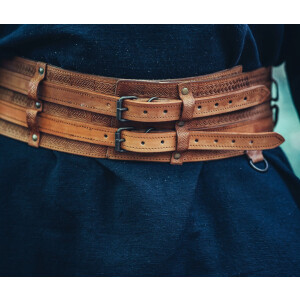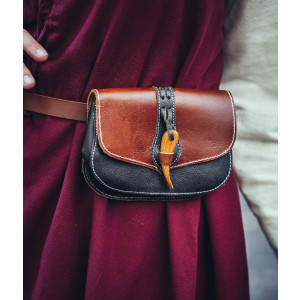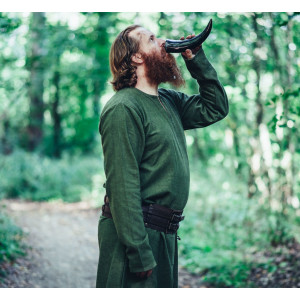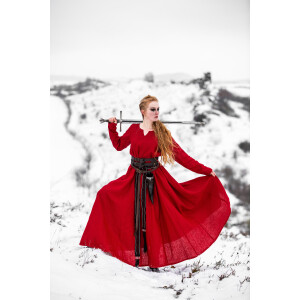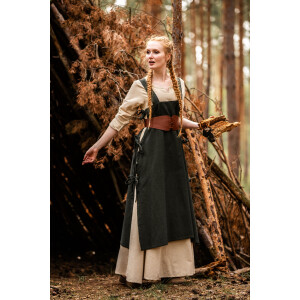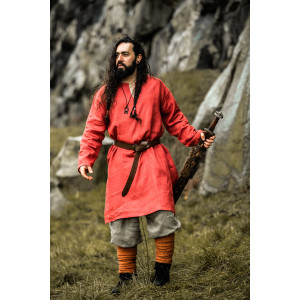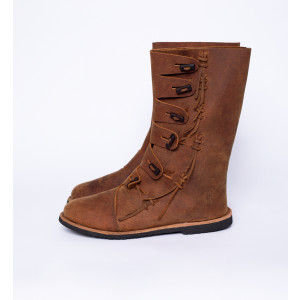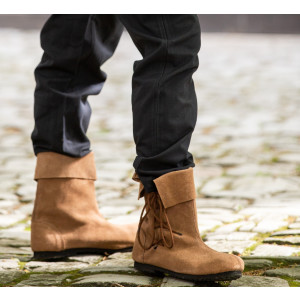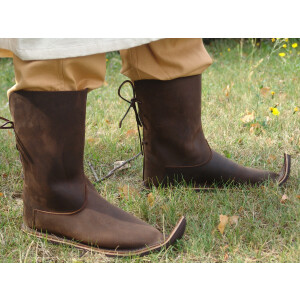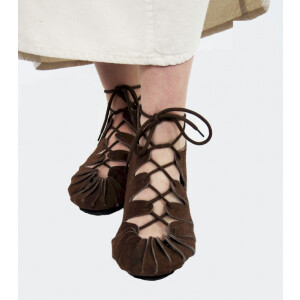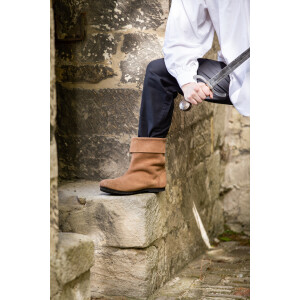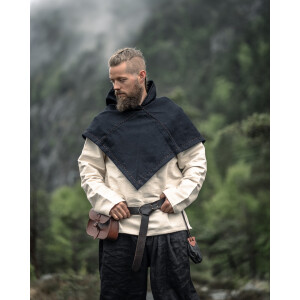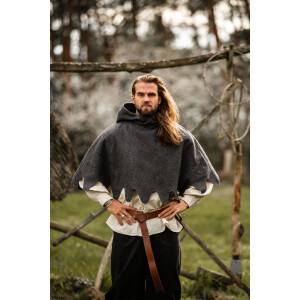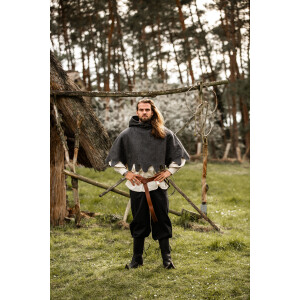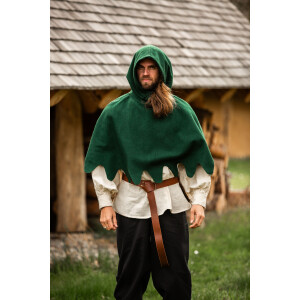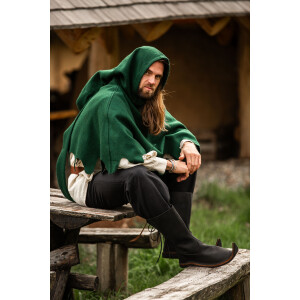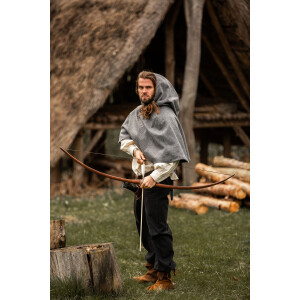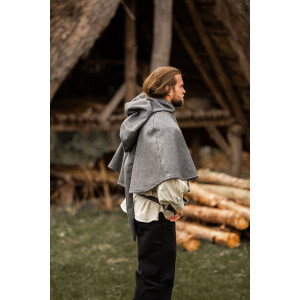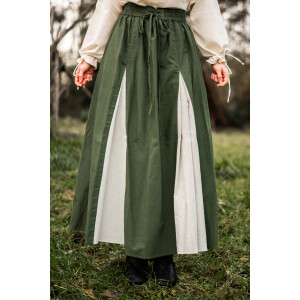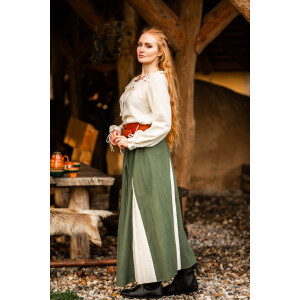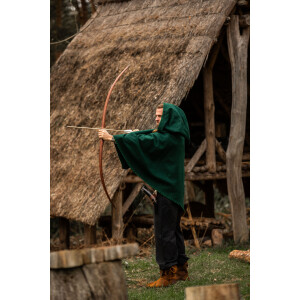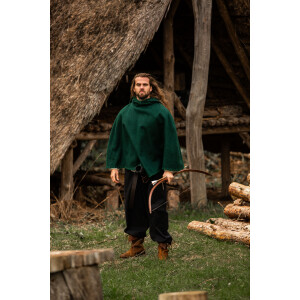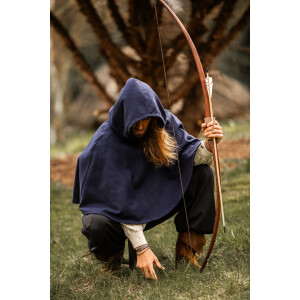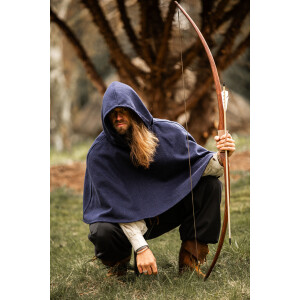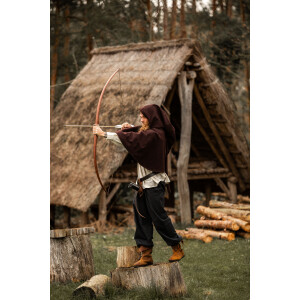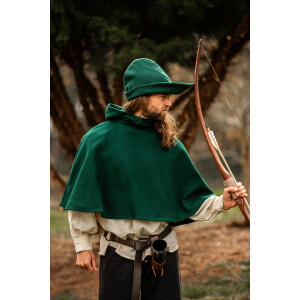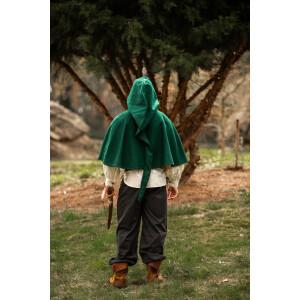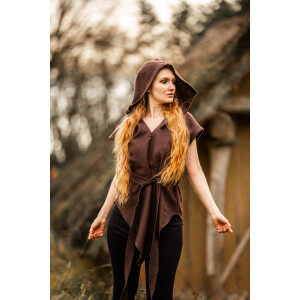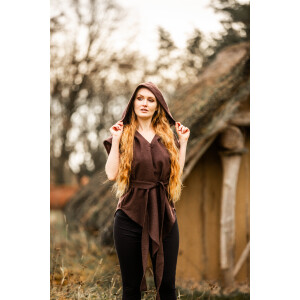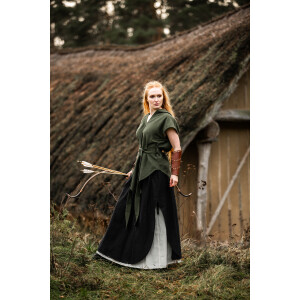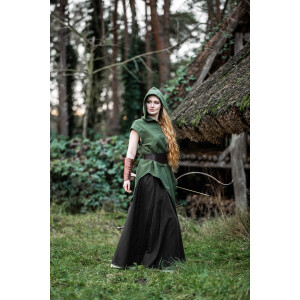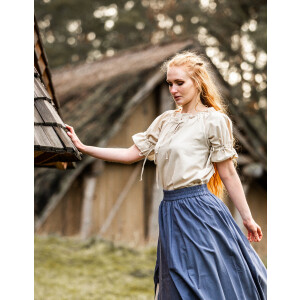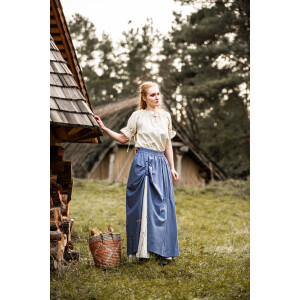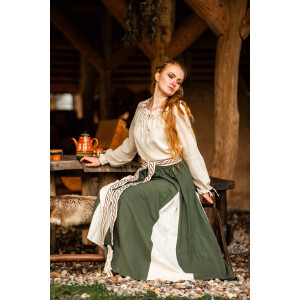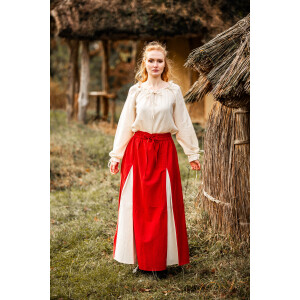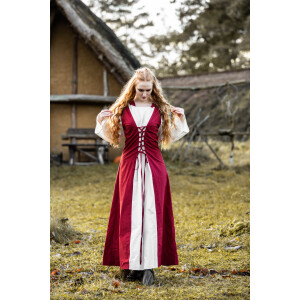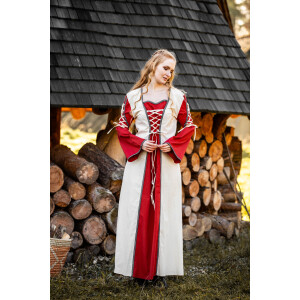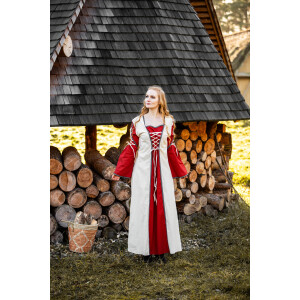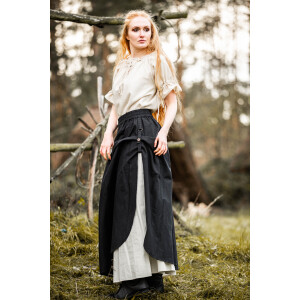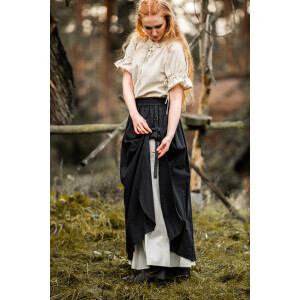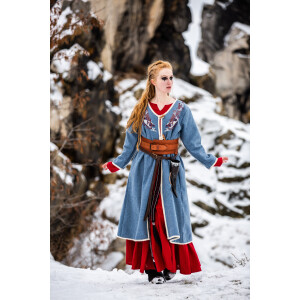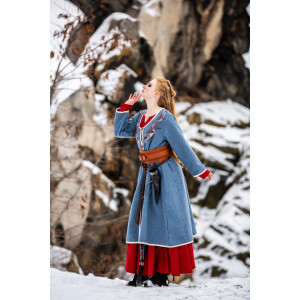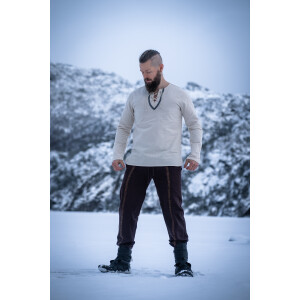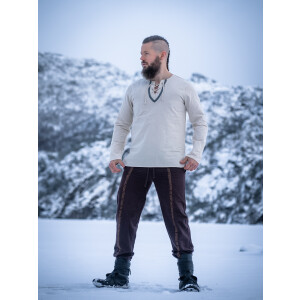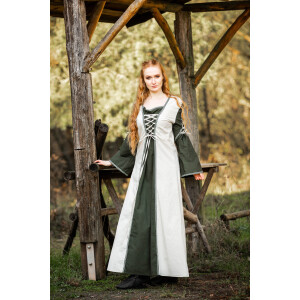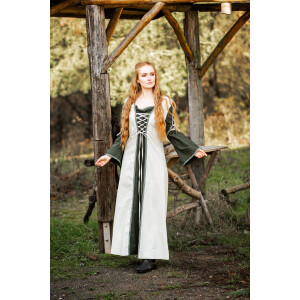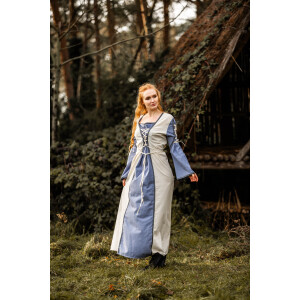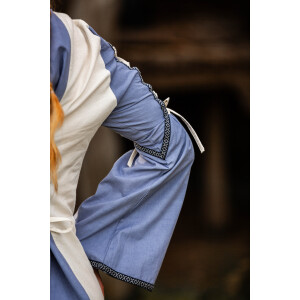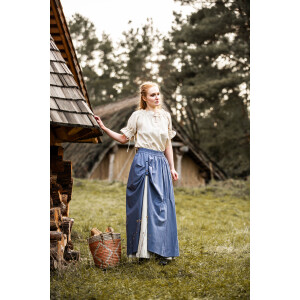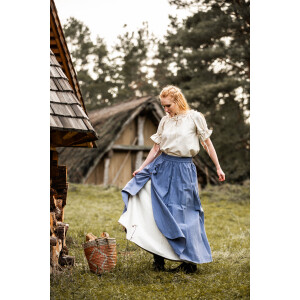MEDIEVAL CLOTHES WOMEN

Medieval Dresses for LARP and Medieval Markets For the visit...

Medieval blouses Origin of the medieval blouse If...

Our medieval skirts present themselves in a variety of ways....

A bodice vest completes every maid's garment. Combined with a...

Headgear in different variations Complete your outfit...

Here you will find a small selection of pants. ...
- Available immediately
-
Delivery time: 1 - 2 days (DE - int. shipments may differ)
- Available immediately
-
Delivery time: 1 - 2 days (DE - int. shipments may differ)
- Available immediately
-
Delivery time: 1 - 2 days (DE - int. shipments may differ)
- Low stock level
-
Delivery time: 1 - 2 days (DE - int. shipments may differ)
- Available immediately
-
Delivery time: 1 - 2 days (DE - int. shipments may differ)
- Available immediately
-
Delivery time: 1 - 2 days (DE - int. shipments may differ)
Medieval clothing for ladies
Here you will find everything that will make you look like a medieval peasant, maid, noble frouwe or ruler. As soon as you slip into your clothes for ladies, you are in the time machine. It transports you body and soul into long gone centuries of our history: At the early Middle Ages (6th to 11th century) we are fascinated by dresses from Anglo-Saxon, Frankish and Scandinavian. Surely you have heard of the seafaring Vikings, who were feared throughout Western Europe in the 9th century for their depredations. The courage of their ladies is proverbial, so you'll be happy to dress in their place in the simple undergarment with Viking apron. Also the combined over- and underdress in natural colors, like wool white, brown and black, give you the good feeling of being dressed in style at the medieval market.
Dress to impress: Which clothes were worn in the High and Late Middle Ages?
In contrast to today, women's clothing in the Middle Ages was subject to a strict dress code. It reflected the social status of the wearer. Our medieval dresses are based on historical models from the 11th century to the 15th century on paintings, where the attention to detail plays a major role. The more authentic material, shape and colors are adapted to the conditions of the Middle Ages, the more authentic is your appearance in the medieval scene. As a rule of thumb, the lower the social status was, the simpler and wider the clothing was. The simple clothing of the farmer's wife, the craftsman's wife and city woman was purpose-bound and therefore hardly changed over the centuries. The main materials used were home-made, such as wool, linen, barchent and leather. The higher the social rank, the tighter and longer were the medieval women's dresses.
Once be rich and beautiful - medieval clothing makes it possible
The clothing of the blue-blooded was a splendid status symbol made of precious fabrics, such as velvet and silk. Lighter and more colorful colors were reserved only for noblewomen, princesses and queens. Such extravagant details, like the eye-catching trumpet sleeves on the floor-length wardrobe, show us that these ladies allowed themselves to be served. An important accessory was the belt that held the dress together, often decorated with pearls and precious stones. Splendid gloves were also a symbol of status of nobility and clergy, serving only secondarily as protection against the cold. To emphasize their power, noble ladies did not skimp on precious metal. Understatement did not exist back then. Matching jewelry is therefore part of your medieval outfit. Rich borders and time-consuming embroidery also decorate our medieval clothes. They depict with coats of arms the privilege of the nobility and use mystical motifs to be completely in the time full of Superstition.
